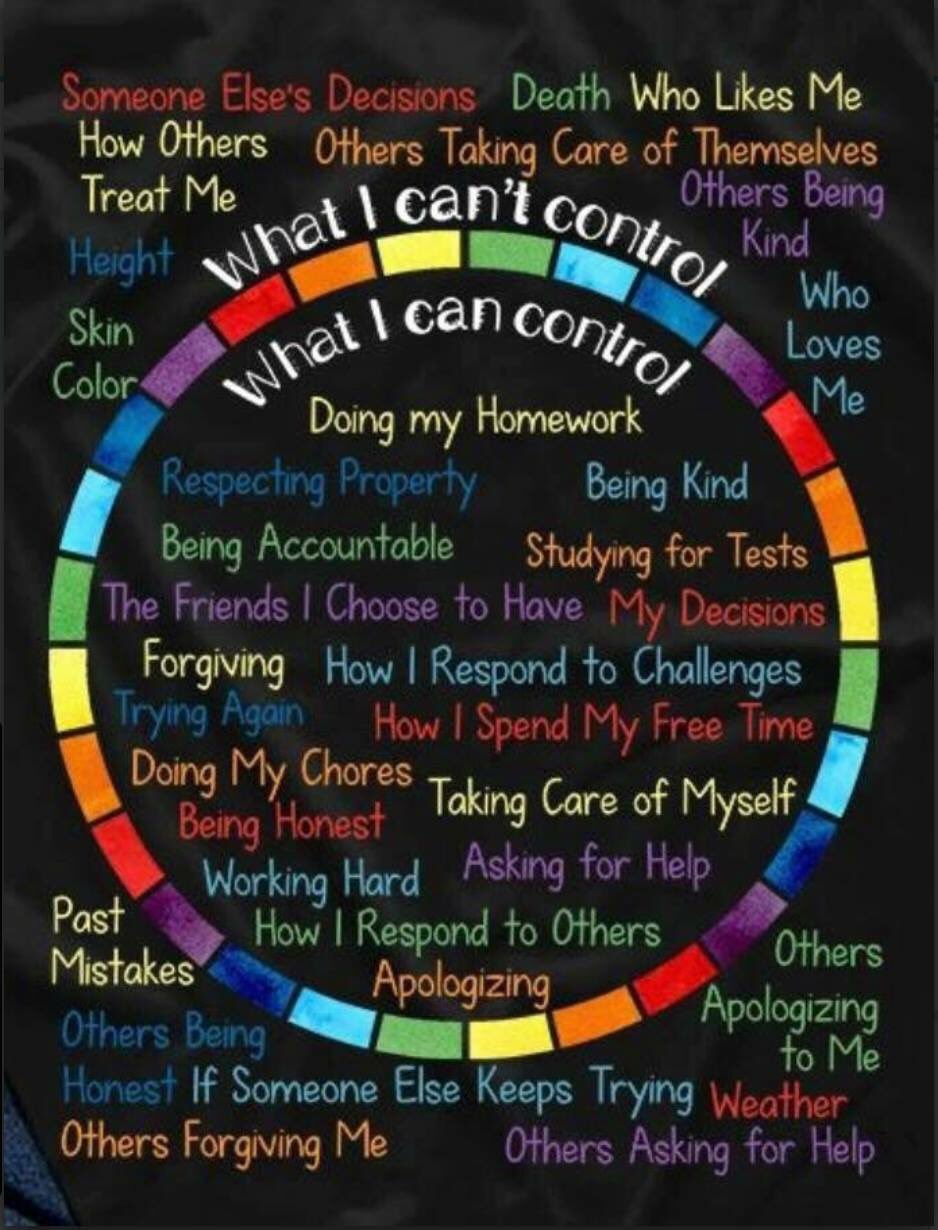Oh, the dreaded clip chart. You know the one I’m talking about. “So-and-so” is being great! Move your clip up! Oh, Jonny, that wasn’t appropriate! Move your clip down!” It’s no secret that teachers have become outraged by these classroom management resources. One quick google search will show you just how unpopular they are.
The first day I walked into the classroom of my long term sub job, I noticed one thing right away on the whiteboard- a clip chart. The public humiliation display. The does-more-harm-than-good tool. I did my best effort to keep the clip chart during my first week taking over the classroom, but I soon realized why it didn’t work.
- It was used for negative reinforcement more often than positive reinforcement. It was easier to use it for students misbehaving than to remember to reward those that were behaving.
- It didn’t change the behavior of the students who were constantly dropping into the negative. They quickly became numb to it, they didn’t care about moving their clip down, or up for that matter.
- I felt like our whole day revolved around the chart. Because I realized how often it was used for the misbehaving kids, I put in extra effort to use it to praise students for good behavior. It took too much time and effort. The best way to manage a classroom is to have an effortless, mindless, mostly positive plan in place. I needed a classroom management plan that was easy and natural for our classroom.
So what did I do once I realized it wasn’t working? I stopped using it, slowly over time. I moved clips less and less, never making it a big deal or a spectacle that the clip chart was non-existent. I forgot about it and so did the kids. In fact, not a single student ever asked about it after we had fully stopped using it. Even the star students that were always at the top every day didn’t mind me phasing it out, no one wanted their behavior displayed to the entire classroom, including all of our visitors.
Here’s what we did instead. We started our money unit, so a coin system was easily put in place. Each student had a container for their money and was solely responsible for it. Not very often was I taking pennies from the students, it was used more for positive reinforcement, which made everyone happier. It was incredible the drive the students had to clean up the floor at the end of the day when I would announce, “I have one nickel for every student who brings me ten pieces of trash!” I think we could have won awards for how clean our classroom was each afternoon. The money earned was used to pay for extra bathroom trips, new pencils, and a teacher store at the end of the year.
We did a group point system on the board. I numbered each group, wrote the numbers on the board, and gave them points for being on time as a team, working together, and having their whole table quiet and ready to learn. It promoted teamwork and gave them an incentive to do better.
What did the point system on the board go towards? Here’s the magic of it- nothing. The points went towards nothing. Once the tallies made it to roughly 10 points per team, I would erase and start over. They were working hard simply for tallies on the board! I had one student ask quietly what the tallies were for. There were plenty of other side conversations happening at the time, so I chose to focus my attention elsewhere. I never heard any questions again after that one incident.
Since I was teaching first-grade students, passing around a tiny sticker to hard workers was a huge motivation for them. I also kept a box of Cheerios in my cupboard to pass around one Cheerio to quiet, on-task students. After one or two times of doing this, they learned fast. As soon as the box was in my hand to pass them out, every student would be working hard. It amazed me how motivating one piece of cereal can be.
Clip charts clearly are not a classroom management win. It may work for some and could possibly be excellent personal behavior management tucked away in a desk for one or two students that need it. But as a whole class approach, there are better options out there. Positive reinforcement has been proven to be the most effective for changing behavior, and clip charts do not promote this. Let’s all take a minute to put down the clip chart and pick up a more positive approach for our student’s sake.







